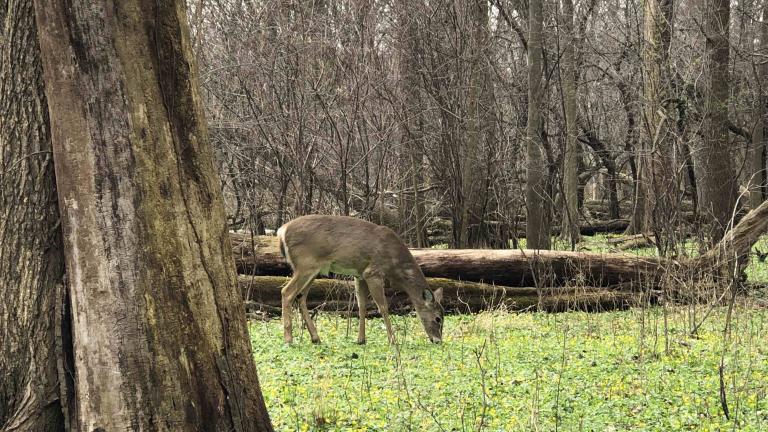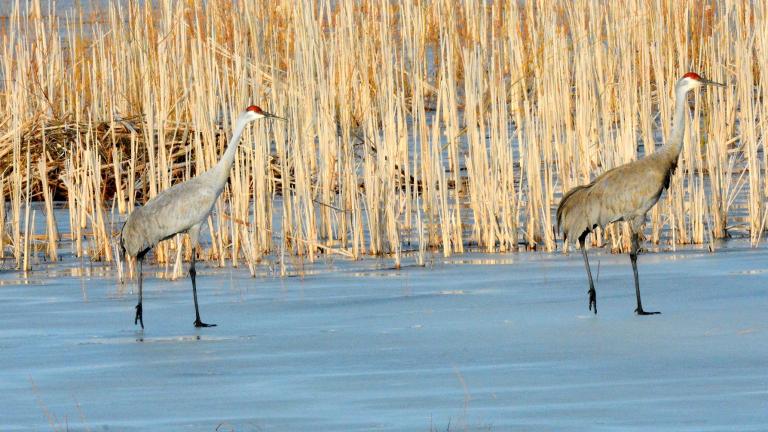 Well-meaning good Samaritans often mistake baby animals left alone as being abandoned. (James D Long / Pixabay)
Well-meaning good Samaritans often mistake baby animals left alone as being abandoned. (James D Long / Pixabay)
It’s spring breeding season for wildlife, which means lots of baby critters are on the way.
It’s also the beginning of busy season for the team at Willowbrook Wildlife Center, which experiences an influx of wildlife babies this time of year. In 2020, the center treated more than 3,000 orphaned spring babies.
But not all babies spotted on their own have been abandoned or orphaned, and every year, the center winds up returning accidentally “rescued” critters to their parents.
“Don’t be a wildlife-napper!” the center shared on Facebook.
The first weekend of April, the center received a number of baby bunnies — eastern cottontails — taken from their nests by well-meaning good Samaritans, when the bunnies were in fact healthy and being cared for by their moms.
Apart from the fact that cottontail nests are hard to identify — just shallow depressions lined with fur and grass, placed pretty much anywhere — humans tend to anthropomorphize parental behavior among wildlife.
“Eastern cottontails and other young wild animals are not constantly supervised by their parents,” according to the center. “They spend much of their time alone or with siblings. Because of this, people should leave the young alone when possible. Cottontails are particularly difficult to raise in captivity, even by experts.”
Moms in the wild may stay away from their young to divert unwanted attention from predators, or they might be out foraging for food for their little ones. (Exceptions are waterfowl such as ducklings and goslings, and Virginia opossum babies, which likely need rescuing if alone.)
To determine if a baby is in need of help, here are some of the signs and behaviors the center said to look for: visible injuries or blood, insects present on the babies (especially flies), cold or lethargic, and following humans around.
Center staff can help assess the situation over the phone at 630-942-6200. The center’s website also contains specific advice related to baby squirrels, raccoons, birds and cottontails.
In addition to taking in orphans, Willowbrook also treats ill and injured animals native to DuPage County. This includes squirrels and raccoons, but excludes skunks, bats, deer, beavers or trapped nuisance animals.
Among the center’s successes: The recent release of 37 animals, including a number of migratory birds, a mink, a muskrat and nine great horned owlets, which were returned to their original nest sites after falling out.
To help cope with the spring surge in animals, the center, which falls under the umbrella of the Forest Preserve District of DuPage County, is seeking donations of supplies and food. A list of needed items, ranging from reptile heat lights to hard-boiled eggs, is available online.
Contact Patty Wetli: @pattywetli | (773) 509-5623 | [email protected]








